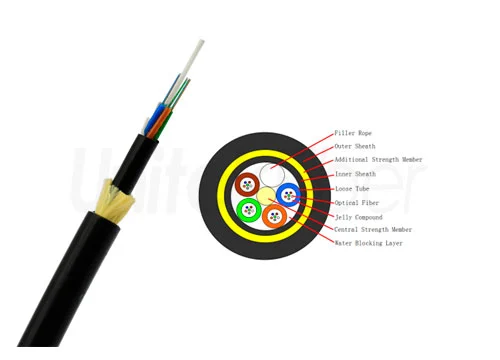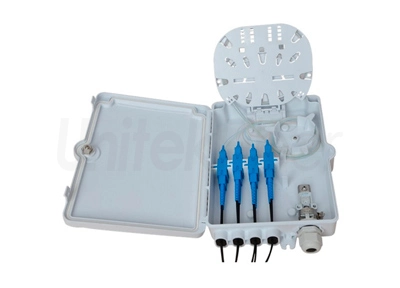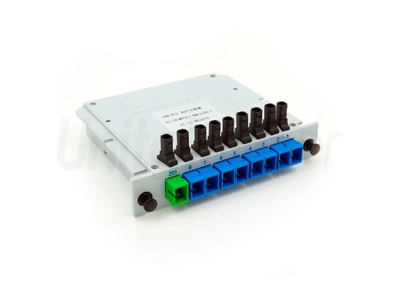
Introduction
When it comes to interconnecting devices in data centers or high-speed networking environments, AOC cable (Active Optical Cable) and DAC cable (Direct Attach Cable) are two commonly used options. Both AOC cable and DAC cable offer reliable and efficient connectivity solutions, but they differ in terms of technology, construction, and performance. In this blog, we will dive into the differences between AOC cable and DAC cable to help you understand which option best suits your networking needs.
What is AOC (Active Optical Cable) cable
AOC cable utilize optical fibers to transmit data signals over longer distances. These cables consist of optical transceiver embedded at each end, which convert the electrical signals into optical ones and vice versa. The optical transceiver are actively powered through the cable itself, allowing for increased transmission distances. AOC cable offer advantages such as higher bandwidth, lower latency, and immunity to electromagnetic interference (EMI). They are commonly used for data center interconnects, high-performance computing, and storage area networks.
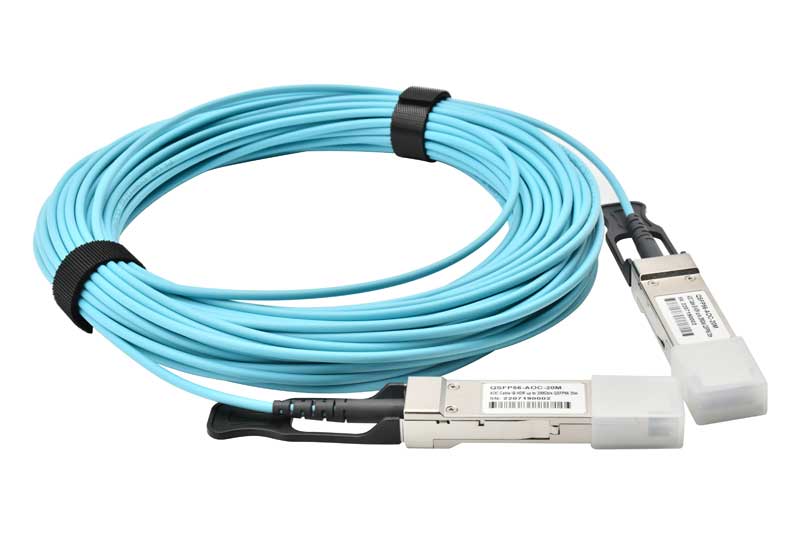
What is DAC (Direct Attach Cable) cable
DAC cable, also known as twinax cables, use copper conductors to transmit electrical signals directly between devices. These cables have identical connectors on each end and are typically pre-terminated for specific networking interfaces. DAC cable are passive and do not require power or active components along the cable length. They are often preferred for short-range interconnects, typically within the same rack or adjacent racks in a data center. DAC cable are commonly used for equipment interconnection, server-to-switch connectivity, and short-distance high-speed networking.
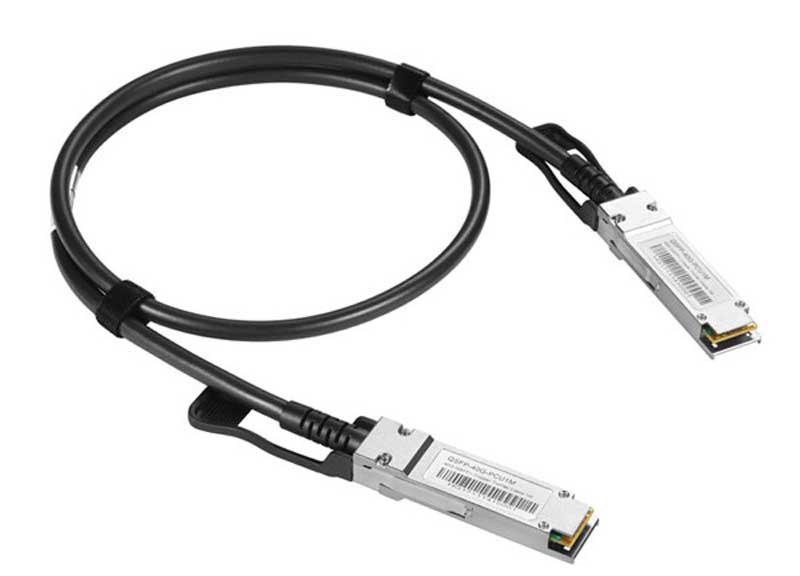
The key differences between AOC and DAC cable
1. Transmission Distance: AOC cable offer longer transmission distances compared to DAC cable. AOC cable can transmit signals over hundreds of meters, making them suitable for applications requiring extended reach. DAC cable, on the other hand, are limited to shorter distances, typically within a few meters.
2. Bandwidth and Speed: AOC cable generally support higher bandwidth and speeds, making them suitable for high-performance applications. They are often deployed in scenarios requiring 40Gbps, 100Gbps, or higher transmission rates. DAC cable are commonly used for lower-speed applications or within short-distance environments where high bandwidth is not a primary requirement.
3. Cost: AOC cable are typically more expensive than DAC cable due to their advanced technology and use of optical fibers. DAC cable, being passive and constructed with copper conductors, are generally more cost-effective.
4. Power Consumption: AOC cable require power for the operation of the embedded optical transceivers. DAC cable do not require any power as they are purely electrical.
Conclusion
AOC cable and DAC cable are both valuable connectivity solutions with their own distinct characteristics. AOC cable provide longer transmission distances, higher bandwidth, and immunity to EMI, making them ideal for data center interconnects and high-performance applications. DAC cable, on the other hand, offer a cost-effective solution for short-range interconnects within a data center or neighboring racks. Understanding the differences between AOC cable and DAC cable will help you make an informed decision based on your specific networking requirements.
UnitekFiber is dedicated to providing high quality optical transceiver, AOC and DOC cable that meet your specific requirements. For more detailed information, please visit our website at www.unitekfiber.com. We look forward to supporting you with our reliable and efficient fiber optic solutions.

